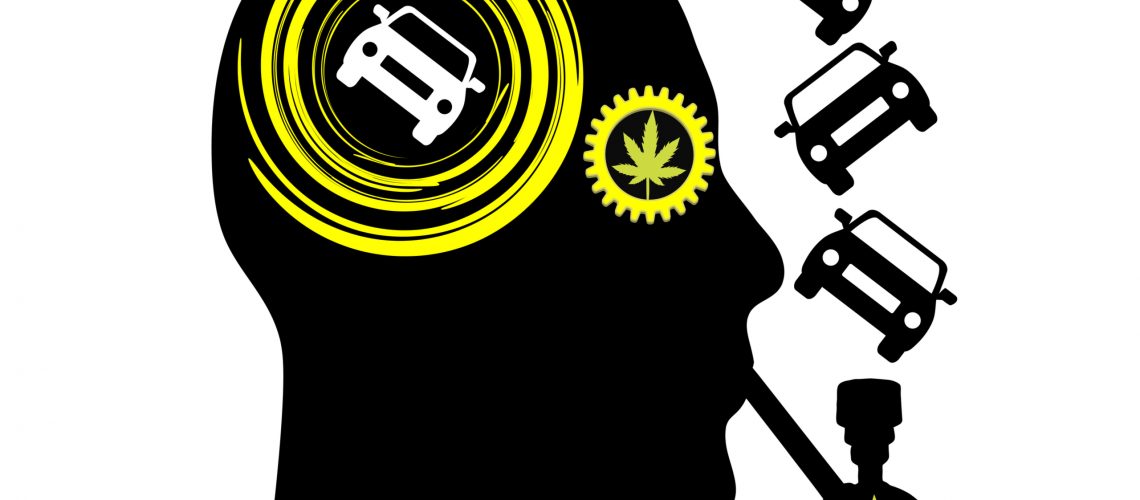Introduction
Driving under the influence of drugs is causing an increasing number of crashes and fatalities.
A 2013/2014 survey conducted by the National Highway Traffic Safety Administration shows that approximately 20 percent of weekend, nighttime drivers tested positive for illegal, prescription or over-the-counter medications. NHTSA also reveals that the number of drivers killed in crashes who tested positive for marijuana doubled from 2007 to 2015.
The nationally recognized level of impairment for drunken driving is .08 g/mL blood alcohol concentration. But there is no similar national standard for drugged driving. Drugs do not affect people consistently, a high concentration may significantly impair one person but not another.
Marijuana-Impaired Driving
Detection of marijuana in drivers involved in traffic crashes has become increasingly common. According to the National Highway Traffic Safety Administration, 12.6 percent of weekend nighttime drivers in 2013-2014 tested positive for tetrahydrocannabinol (THC), the component that gives marijuana its psychological effects, compared to 8.6 percent in 2007.
Testing for drug impairment is problematic due to limitations of drug-detecting technology and the lack of an agreed-upon limit to determine impairment, as opposed to merely the presence of marijuana, which can stay in the system for weeks, no longer causing impairment. In addition, tracking marijuana-impaired driving is difficult because drivers who may be under the influence of marijuana and alcohol are often cited for a high blood alcohol concentration and rarely tested for additional substances.
To address marijuana-impaired driving, every state has a law that in some manner deals with the issue (see below).

Somes states are exploring methods to better collect crash and citation data to enhance driving under the influence of drugs (DUID) legislation and enforcement. Additionally, some states are actively exploring methods to better collect crash and citation data to enhance driving under the influence of drugs (DUID) legislation and enforcement.
- Thirty-four states, the District of Columbia, Guam and Puerto Rico now allow for comprehensive public medical marijuana and cannabis programs. Ten states—Alaska, California, Colorado, Maine, Massachusetts, Michigan, Nevada, Oregon, Vermont and Washington—and Washington, D.C., permit recreational marijuana use.
- Colorado’s reasonable inference law states that in instances where THC is identified in a driver’s blood in quantities of 5ng/ml or higher, it is permissible to assume the driver was under the influence.
- After the recreational legalization of marijuana in Washington in 2012, the proportion of marijuana-positive drivers involved in fatal crashes increased from 8 percent in 2013 to 17 percent in 2014, although there is not a definitive answer for why the number of marijuana-positive drivers increased.
- Colorado passed a law in 2017 requiring that DUI and DUID cases involving drugs, alcohol or a combination of both be reported to the state legislature for data analysis.
- A 2017 AAA report surveyed American drivers ages 16 and older; 65.8 percent felt it was unacceptable to drive after using marijuana.
- Currently, the most common methods to detect marijuana are through blood, urine or saliva.
Sources: National Highway Traffic Safety Administration, AAA Foundation for Traffic Safety
Additional Resources
NCSL Publications
- Traffic Safety Trends: State Legislative Action 2016, April 2017, by Anne Teigen, Amanda Essex and Douglas Shinkle.
- Drugged Drive Per Se Laws (2017 chart)
- Traffic Safety Trends: State Legislative Action 2015, February 2016, by Anne Teigen, Douglas Shinkle and Amanda Essex.
- Traffic Safety Trends: State Legislative Action 2014, February 2015, by Anne Teigen, Douglas Shinkle and Amanda Essex
- Traffic Safety Trends: State Legislative Action 2013, February 2014, by Anne Teigen and Douglas Shinkle
- Traffic Safety Trends: State Legislative Action 2012, February 2013, by Anne Teigen and Douglas Shinkle.
- “Too High to Drive,” State Legislatures, May 2012, by Anne Teigen
- “Drugged Driving,” LegisBrief, March 2012, by Anne Teigen.
- Traffic Safety and Public Health: State Legislative Action, 2011, No. 36, February 2012, by Anne Teigen and Douglas Shinkle.
NCSL Online Resources
- NCSL/NHTSA Traffic Safety Legislation Database
- Driving With Cannabis in a Vehicle, March 2016
- Putting the Brakes on Drugged Driving: NCSL 2011 Legislative Summit: Tuesday, Aug. 9 2011
Other Resources
- Impact of the Legalization and Decriminalization of Marijuana On the DWI System, Governors Highway Safety Association and NHTSA
- Drug Impaired Driving: A Guide for States, Governors Highway Safety Association
- Stop DUID.org
- Office of National Drug Control Policy
- Drug Enforcement Administration
Originally Published At: https://www.ncsl.org/research/transportation/drugged-driving-overview.aspx
